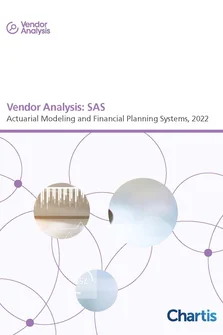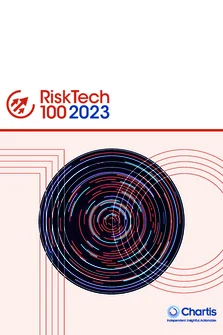<p>If we look back at some of the high profile business failures in the insurance industry, we can see that ineffective risk management was an essential element of the cause-effect chain. Studies of recent failures in the insurance and financial services industry have demonstrated that traditional methods and systems for measuring and managing risk can no longer meet today’s complex business environment.</p>
<p>The new Solvency II rules aim to incorporate a modern risk-sensitive approach for insurance companies, requiring them to put in place transparent internal control systems and to provide adequate protection for policyholders. Current EU solvency rules date back to the 1970s and mainly cover insurance or re-insurance risks (sometimes referred to as actuarial risk). The new rules require insurers to hold additional capital against credit risk, market risk and operational risk. Furthermore, the new rules require insurers to put in place structured and systematic processes and systems for continuous identification, measurement, mitigation and monitoring of such risks.</p>
<p>Another key objective of Solvency II is international harmonisation across the EU (and ultimately across the globe), removing many of the arbitrage opportunities and inconsistencies that exist between different national markets. In the medium to long-term, insurers that are sufficiently large and diversified are likely to benefit from the new rules by lowering their solvency margins by up to 35%, freeing up more capital for profitable investments. Chartis believes that this will accelerate mergers and acquisitions in the insurance industry and increase cross-border consolidation activities.</p>
<p>The new requirements will have a profound impact on the technology strategy of many insurance companies. IT departments will need to review their strategies for enterprise technology architectures, data management processes, business intelligence and analytics capabilities. Moreover, these IT departments need to facilitate the integration of risk and finance systems.</p>
<p>Chartis forecasts the European Solvency II technology market to grow to $1.34bn by 2012 at a compound annual growth rate of 17.1%. A number of technology and consulting firms have been positioning themselves for the Solvency II market for some time. These include:</p>
<ul>
<li>Established players such as Towers Perrin, Watson Wyatt, SunGard iWORKS and EMB which have developed actuarial/financial modelling and analytics tools that are supported by their extensive consulting services</li>
<li>New entrants such as Algorithmics, Fermat, FRSGlobal and SAS that have extended their risk technology offerings from banking or asset management by developing new risk management modules specifically for the insurance industry</li>
</ul>
<p>This report looks at both the demand and supply side of the market for Solvency II technology. It covers the main market and regulatory requirements and the competitive landscape. The report also includes forecasts of market size, key results from our expenditure survey, vendor profiles, best practices and market dynamics.</p>
<p>Vendors covered in the report include: Algorithmics, DFA, EMB, FRS Global, Fermat, Milliman, SAS, SunGard, Towers Perrin and Watson Wyatt.</p>
Only users who have a paid subscription or are part of a corporate subscription are able to print or copy content.
To access these options, along with all other subscription benefits, please contact info@risk.net or view our subscription options here: http://subscriptions.risk.net/subscribe
You are currently unable to print this content. Please contact info@chartis-research.com to find out more.
You are currently unable to copy this content. Please contact info@chartis-research.com to find out more.
Copyright Infopro Digital Limited. All rights reserved.
You may share this content using our article tools. Printing this content is for the sole use of the Authorised User (named subscriber), as outlined in our terms and conditions - https://www.infopro-insight.com/terms-conditions/insight-subscriptions/
If you would like to purchase additional rights please email info@chartis-research.com
Copyright Infopro Digital Limited. All rights reserved.
You may share this content using our article tools. Copying this content is for the sole use of the Authorised User (named subscriber), as outlined in our terms and conditions - https://www.infopro-insight.com/terms-conditions/insight-subscriptions/
If you would like to purchase additional rights please email info@chartis-research.com


